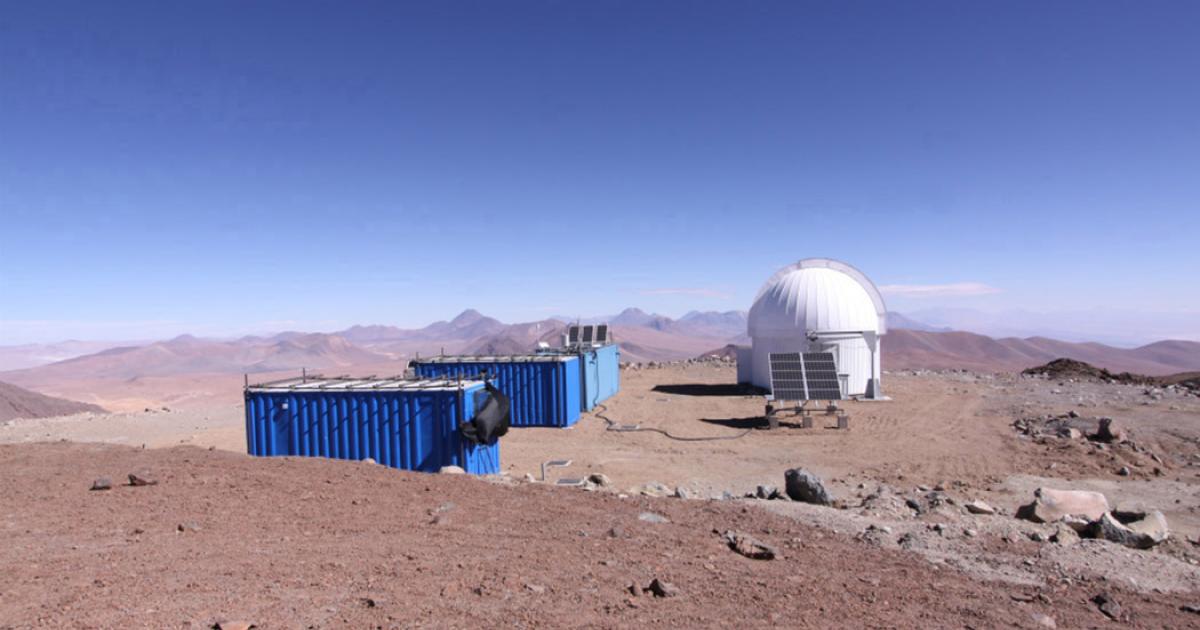He presses
Critics are demanding that Frankfurt's southern train station be expanded instead of digging a long-distance railway tunnel. An expert has calculated the size of the new main station in Sachsenhausen.
FRANKFURT – Don't build a long-distance rail tunnel, instead expand the southern station into the new Frankfurt Central Station: that's what critics of the billion-dollar project, including Sven Andersen, are demanding. A long-time retired railroad engineer calculated the size of South Station.
The former Federal Railways Director, who worked on the railways from 1969 to 2001, called on Frankfurt to abandon the 3.6 billion long-distance rail tunnel under the city center, including a four-track subway station under the main station, in The year 2020. This is also what the “Frankfurt 22” initiative about the director Klaus Gettinger and the left-wing politician Hans-Jürgen Hammelmann calls for.
Expert: Freight traffic in Frankfurt must be redirected and other routes expanded
Instead, the southern station should be expanded into the new main station. Andersen has now worked this out precisely based on Germany's cycle timetable concepts. He explains that regional trains should continue to the main station, as well as some ICE trains that terminate in Frankfurt. He calculated the concept to its feasibility in lists. But why do so many people support long-distance railway tunnel? “In all large construction projects, we have to deal with the influence of the lobby,” said the engineer from Düsseldorf. In Frankfurt you must “first exhaust everything possible above ground.”
According to Andersen, for the South Terminal to serve as a major terminal, all freight traffic, including that to the important Eastern Freight Terminal, must first be redirected. The Hanau-Babenhausen line should be expanded to two tracks and electrified. It is also necessary to create a connecting curve in Hanau-Wilhelmsbad with the road to Friedberg.
New main station in Frankfurt-Sachsenhausen: 14 tracks needed instead of 9 plus sidings
The retired railway worker explains that he had his operating concept, which fills several volumes, reviewed by other experts. “He's mobile.” Passengers can easily change trains at the Südbahnhof between long-distance trains. For the four regional trains and S-Bahn trains that do not stop here, it is necessary to make a “short journey” by S-Bahn to the main station or Ostendstrasse.
In order to handle the increased traffic at the southern station, an expansion from the platform's current nine tracks to 14 is necessary, says Andersen. In addition, a second pedestrian walkway under the tracks is necessary due to the much larger number of passengers. It is also necessary to construct several 400-meter sidings east of the train station and an additional track in the direction of Hanau. This means that the track area east of the station would be approximately twice as wide as it is today.
The intrusions into housing south of the railway line in Frankfurt will be significant
For all of this, housing south of the railway line must be intervened, Andersen admits. “But I'm gaining something somewhere else.” The connecting road from the Mainbahn to the stadium along the Ziegelhüttenweg was no longer necessary. Instead, the connection point between the Main-Neckar railway line and the roads leading to the main and southern train stations south of the university clinic should be expanded. The tennis courts must make way for a bridge.
But how much will the Südbahnhof grow? Andersen did the calculations and concluded that the width of the two new platforms would be nine metres, while the width of the other two platforms should remain 7.40 metres. This results in an area of 63.3 meters required for the future long-distance terminal section. This would extend to Mörfelder Straße, just before the subway entrances.
The platforms are actually wider: experts hope that the new Frankfurt Central Station will be an exception
However, the Federal Railroad Commission now requires wider platforms. Critics have already slammed the 10-metre-long platforms at Stuttgart 21 as being too narrow. Frankfurt's newest long-distance train station at the airport has platforms 12.5 meters wide. Andersen also sees no problem with the platforms in southern Frankfurt, although there is a lot of congestion during rush hour today. Passing trains often sound warning whistles as people wait near the track.
Andersen ignores the fact that railways must comply with legal requirements. “Regardless of the regulations, not the regulations, you also have to look at local practice and restrictions.” However, in 2026/27, DB wants to build the platform on track 25 at the main station eleven meters wide to current specifications. Andersen finds this completely exaggerated. An exemption is certainly possible for the Südbahnhof. “Anyone who demands more is acting purely on the surface” and does not want to expand south of Frankfurt. If you calculate on the basis of the actual eleven metres, the southern station would extend directly in front of the houses on the southern side of Mörfelder Landstrasse. Andersen says he did not calculate the costs, or how the expansion would impact surrounding development. “This has to be planned through.”
The head of the mobility department in Frankfurt talks about a “wrong proposal” – the expert forgets some things
However, Wolfgang Seifert (Greens), head of the Mobility Department, rejects this. The reason: “The idea is completely unrealistic,” especially since the dimensions mentioned by Andersen are insufficient. “At the main station, it's not just about the tracks,” Seifert says. There is also a need for hotels, restaurants, shops, offices for various users from the Federal Police to the train station mission, rest rooms for employees, space for a large taxi rank and long-distance bus stops. “These additional uses will also require a significant amount of space.”
Above all, the decision about the tunnel was made a long time ago, says Wolfgang Seifert. Frankfurt does not want to demolish parts of the ancient Sachsenhausen district to create a new main station. “A major intervention in the existing building would not be justified,” says the department head. “It is a misguided proposition to try to solve the issue of expanding the railway network in this way.”
The long-distance rail tunnel under Frankfurt is scheduled to become operational in the early 2040s
With the 10-kilometre-long railway tunnel under Frankfurt, the federal government wants to solve the biggest bottleneck in the German railway network, which has so far caused the greatest amount of delays. 60 percent of all long-distance trains in the country pass through Frankfurt. The project has political support from all sides at the city, regional, federal and state levels, as well as from labor unions, passenger, environmental and trade associations as well as the railway companies. The tunnel is scheduled to be built in the 2030s, and will enter into operation in the early 2040s. Concrete planning is underway. (Dennis Pfeiffer Goldman)

“Tv expert. Hardcore creator. Extreme music fan. Lifelong twitter geek. Certified travel enthusiast. Baconaholic. Pop culture nerd. Reader. Freelance student.”








More Stories
Construction of the world's tallest telescope has been completed
Roma and Sinti have to change places
Mysterious methane on Mars: NASA has a new theory